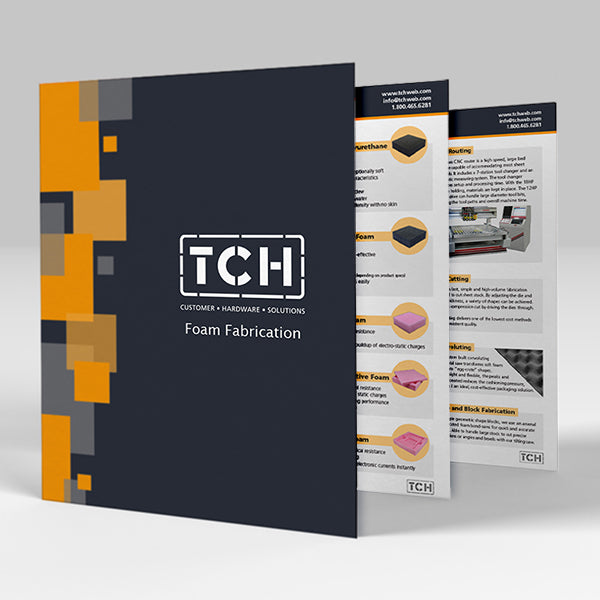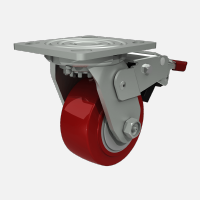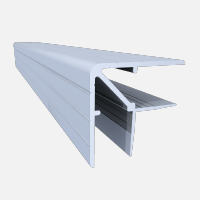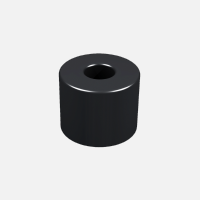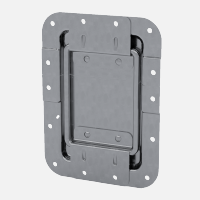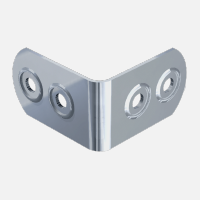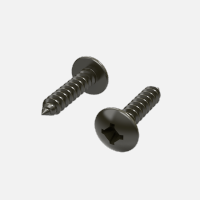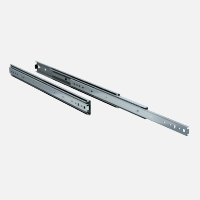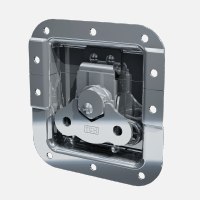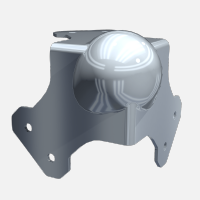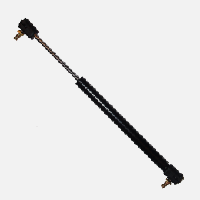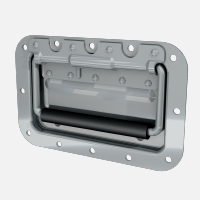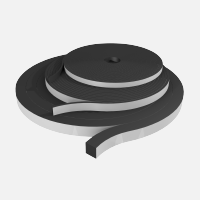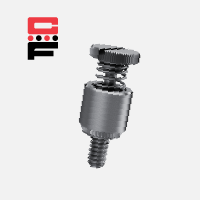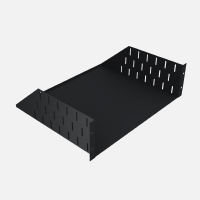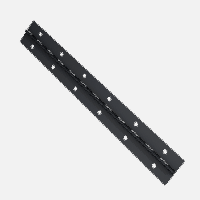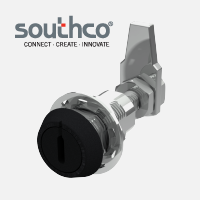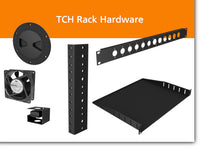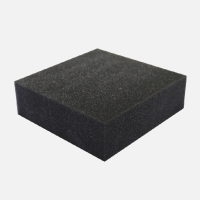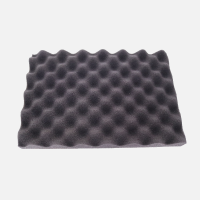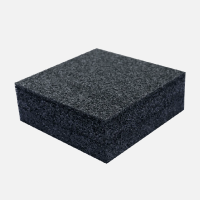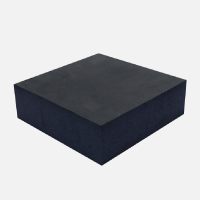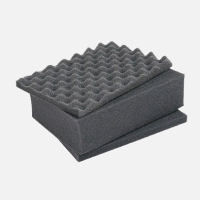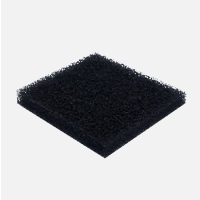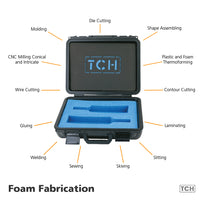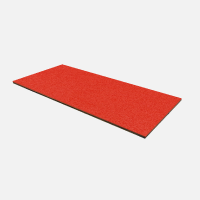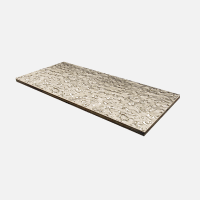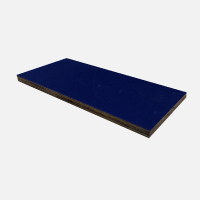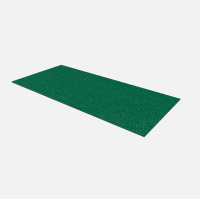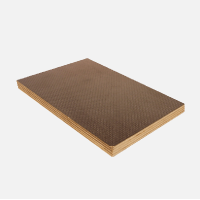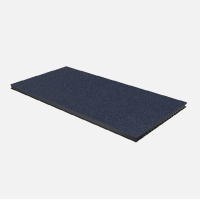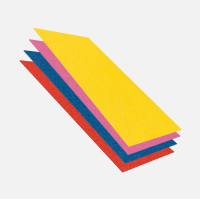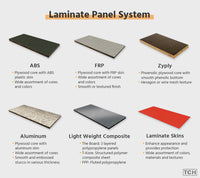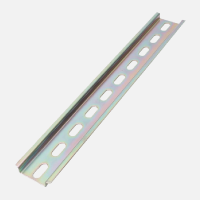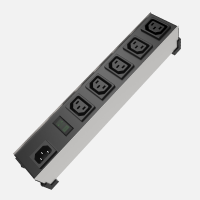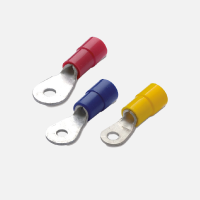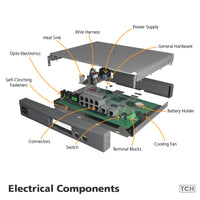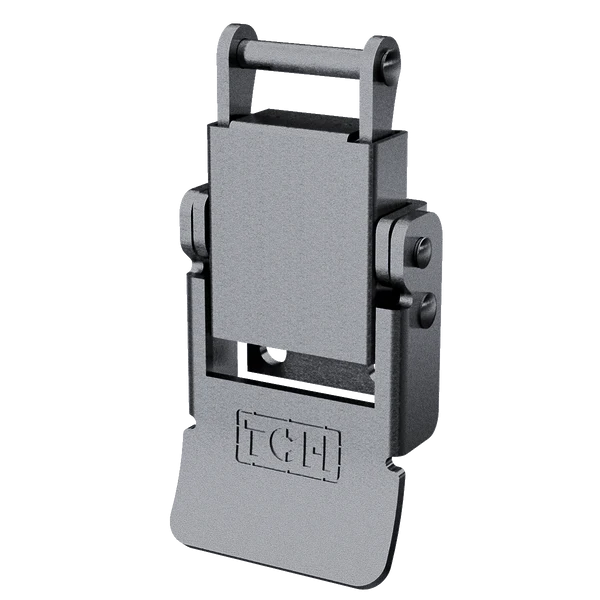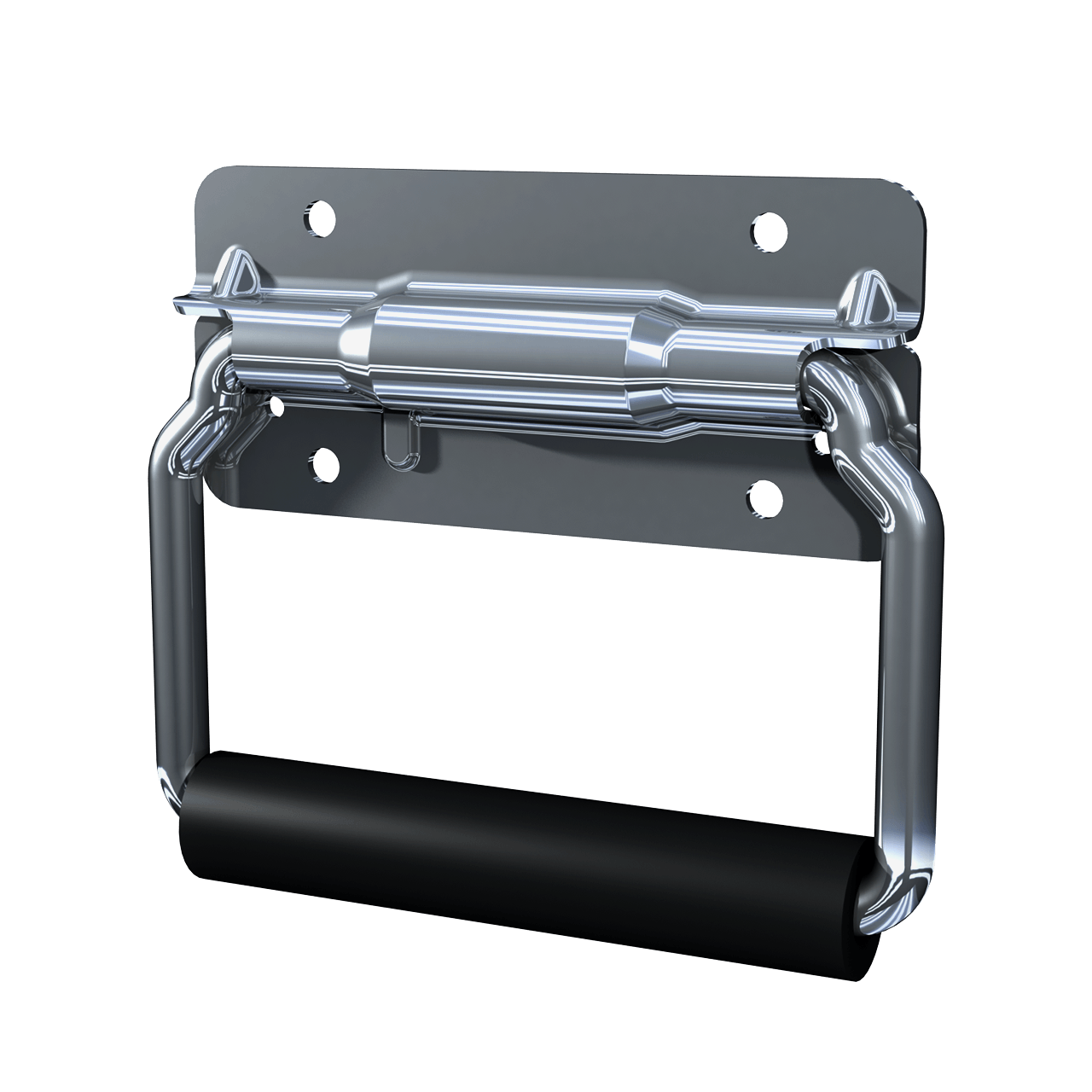Drawer slides are essential components when constructing dressers, chests of drawers, nightstands, and workstations. Every drawer should use a set of these slides to open smoothly. Although usually concealed from view, these slides play a crucial role.
Drawer slides, often referred to as drawer runners, facilitate the horizontal movement of drawers. They're attached to drawers, enabling them to glide smoothly in and out of furniture. The side-mounted slides are the most prevalent and are typically found in kitchens.
Apart from these, there are under-mounted and center-mounted drawer slides. Under-mounted versions are affixed to the drawer's bottom and the cabinet's side, which we do not recommend. On the other hand, center-mounted slides, mainly seen on vintage furniture, are gradually fading in popularity.
How It Works
Drawer slides are designed to minimize friction, enabling drawers to smoothly open and close within furniture. A drawer would clash against the table without these slides, potentially damaging the drawer and its housing. Drawer slides are the efficient answer to this issue, ensuring a fluid movement with reduced friction.
Typically, drawer slides are built as elongated metal casings. Inside these casings, a series of tiny balls move along designated tracks. This design, often called ball-bearing drawer slides, is among the most prevalent. As the drawer is pulled or pushed, it moves seamlessly over these ball bearings, avoiding direct contact with the furniture, thereby preventing wear and tear.
For every drawer, two slides are typically required. Depending on the specific design, They can be affixed to the drawer's sides or base. Notably, ball-bearing drawer slides are mounted on the sides, securing each drawer flank to a slide for optimal movement.
What makes up a slide
Drawer slides comprise two interlocking components. The drawer segment affixes to the drawer itself and either slides into or sits atop the cabinet segment, which is fastened to the cabinet. These parts glide past each other effortlessly thanks to ball bearings.
Type of Drawer Slide
Ball Bearing Drawer Slide
Drawer slides, also known as drawer runners, enable drawers to glide horizontally. Each drawer has a set of ball-bearing slides to facilitate seamless movement in and out of the furniture piece.
The ball-bearing slides have three main parts: the cabinet, intermediate, and drawer components. The cabinet component is anchored to a fixed or stable surface, with the drawer then affixed.Ball-bearing drawer slides are designed to minimize friction, making it much smoother for drawers to glide in and out of their designated spots.
Simply placing a drawer directly into furniture isn't efficient; while you can open and close it, it will encounter significant friction. This heightened friction is detrimental to both the drawer and the furniture. Ball-bearing slides are the solution, ensuring smooth and friction-reduced movement.Ball-bearing slides are prevalent in drawer designs.
Typically, these slides comprise slim, elongated metal housings containing small balls gliding along designated tracks. These ball bearings keep the drawer from directly rubbing against the furniture, preventing wear and tear. The slides have two main components: the first interfaces with the cabinet grooves and the second with the drawer grooves, ensuring seamless movement.
Ball-bearing drawer slides are widely used and popular. They feature steel ball bearings that traverse a slender track, facilitating a smooth, low-friction movement of the drawer.
This kind of drawer slide is straightforward to set up, though it demands meticulousness during the drawer box construction. Even a slight deviation in size can disrupt the smooth rolling of the slides.
Ball-bearing drawer slides are designed in two segments: one section for the cabinet's interior and the other for the drawer box's side. Inside the track, there's a petite plastic latch that allows for the detachment of the two sections, simplifying installation.
When the mechanism is activated, the initial movement is from the drawer, which directly utilizes the ball bearings to glide between itself and the intermediate component. Once the drawer reaches the extent of the ball bearings, the middle part starts sliding along the bearings within the cabinet until fully extended. Much like a dual-roller system, the arrangement of the balls within each groove provides horizontal stability, allowing for a smooth and level opening.
Advantages:
Ball-bearing drawer guides are optimal for those prioritizing quality and user comfort. Their benefits encompass:
- Operability over a broader temperature spectrum compared to roller guides due to the reduced use of plastic materials.
- Versatility, suitable for various furniture types, even those under substantial loads.
- Availability in multiple dimensions.
Such ball-bearing runners guarantee the smooth operation of your furniture, ensuring durability and years of seamless performance.
Soft Close Ball Bearing Drawer Slides
Over the past decade, there's been a surge in demand for soft-closing ball bearings. DIY enthusiasts particularly favor these ball-bearing drawers due to their cost-effectiveness and durability. These drawers can typically support weights of up to 250 pounds.
Equipped with hydraulic dampers, they ensure the drawer doesn't shut abruptly, minimizing potential damage. The installed springs aid these dampers in achieving a smooth closure. Furthermore, rail cushions are incorporated to reduce friction and eliminate noise. Such drawers are trendy in kitchen settings.
Drawer Slide Extension Type
Each type of drawer slide has several different extensions available. The extension refers to how far you can pull the drawer out. Some stop before the back of the drawer box is visible, and others pull out past the front of the cabinet.
Drawer slides come in various lengths, mounting options, and extension capabilities. Your choice depends on the drawer's intended function.
For complete access with ease, a full-extension drawer slide is ideal. If the drawer is expected to bear significant weight, opt for a side-mounted extension slide equipped with a ball-bearing system.
Considerations
When choosing drawer slides, several factors come into play. We'll examine each drawer slide's designs and typical offerings to determine the most suitable type.
Load Rating
the maximum permissible weight or load the drawer slide can support without failure.
Guide Rail Length
The length of the guide rail determines how much the drawer slide will extend.
longevity
Typically, the ball-bearing slides made of stainless steel are more long-lasting.
TCH provides a full range offull-extension ball bearings in different sizes.
You may also like:
